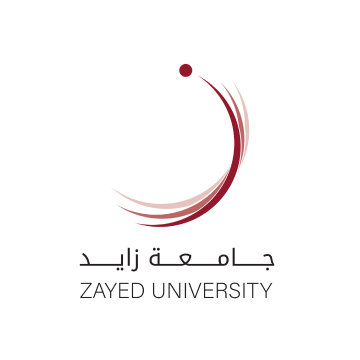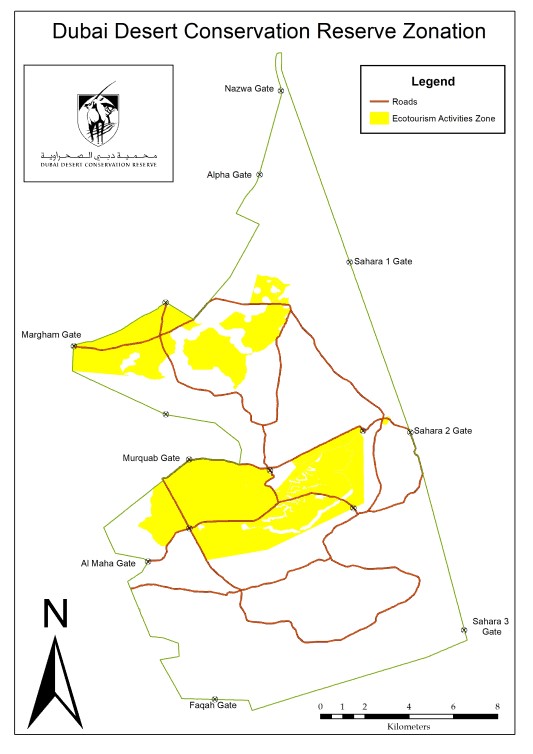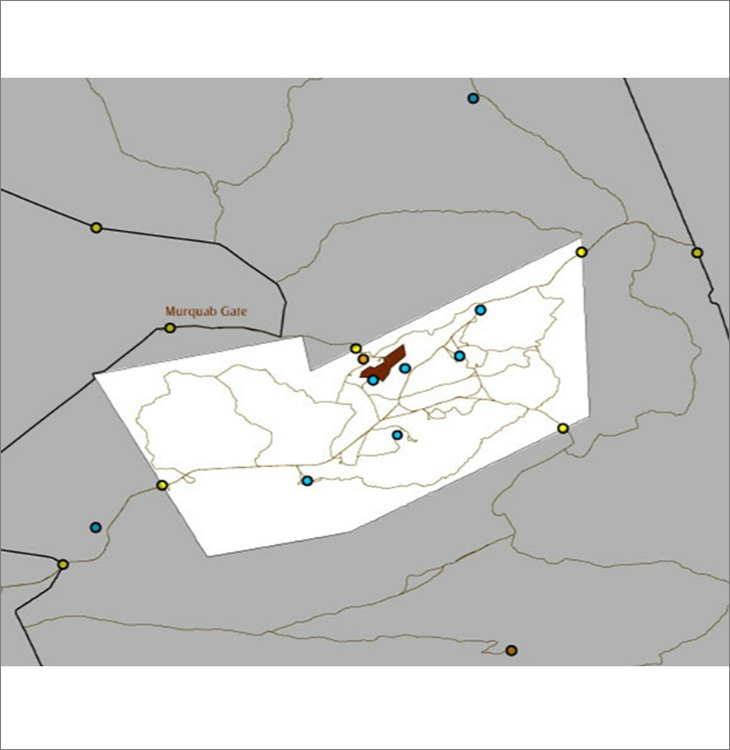A desert haven for nature, a living heritage for people


Our objective
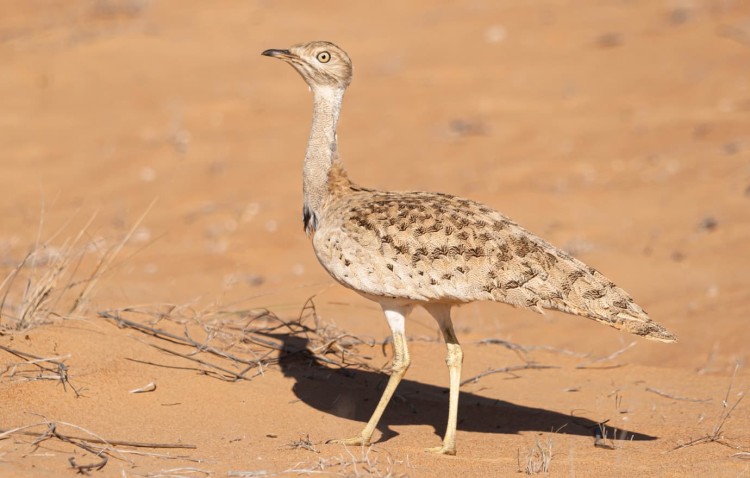
DDCR was created to preserve the original landscapes and protect the indigenous flora and fauna of Dubai’s inland desert. Through careful and effective management, we aim to encourage the natural processes that lead to the rewilding of the desert habitat. Today, DDCR provides an authentic desert experience for people to enjoy the beauty of a natural environment and explore the living heritage of Dubai.
THE DUBAI DESERT CONSERVATION BOARD
In 2002, under the chairmanship of HH Sheikh Ahmed bin Saeed Al Maktoum, also the Chairman of Emirates, a management board composed of tourism, conservation specialists and government figures was chosen to oversee the establishment and operation of the DDCR.
After a major environmental audit of the surrounding areas and research on potential threat to endangered species, as wells as the long term quality of Dubai's tourism experience, the Dubai Conservation Reserve was established by special ruler's decree by His Highness Sheikh Maktoum bin Rashid Al Maktoum, Ruler of Dubai and Vice President of the UAE. The conservation team of the Al Maha Desert Resort & Spa, which already managed the 27km2 conservation reserve in the area, then officially took over the operations of the DDCR.

HH Sheikh Ahmed bin Saeed Al Maktoum
Chairman of Emirates and President of the Department of Civil Aviation
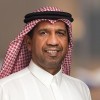
Mr. Ali Soori
Executive Vice President
Our goals
We've set the following strategic management goals for a period of five years until 2024.
- A new rewilding paradigm for regional desert conservation that fosters thriving habitats and a diversity of indigenous species
- Achieve and maintain a balance between all species populations, particularly ungulates and the natural regenerative properties of the available vegetation.
- Ensure that all management interventions and practices are sustainable and geared towards natural habitat rehabilitation.
- Maintain the reserves position as an IUCN Green List protected area with effective management, good governance and planning that optimise conservation outcomes.
- Maintain the DDCR's position as a regional leader in biodiversity conservation and building resilience to climate change in arid land ecosystems.
- Become the premier destination for authentic nature-based experiences in the UAE.
Reserve history
FLORA AND FAUNA
The importance of species diversity

Maintaining a balanced ecosystem is critical to our goal of creating a sustainable natural desert habitat.
Starting with 70 Arabian oryx in 1999, there are 400 oryx currently on the reserve, the largest free-roaming herd of its kind in the UAE. In addition, there are approximately 300 Arabian Gazelles and 100 Sand Gazelles.
Along with the reintroduction of oryx, we planted 6,000 indigenous trees and shrubs. Acacia trees and Calligonum shrubs have since become a welcome, naturally occuring addition to the original seeding project.
In 2003, there were 60 recognised birds in the DDCR. With the improvement of the environment, we now record 126 species. Other species that occur naturally include the Gordon’s Wildcat, Arabian Hare, Ethiopian Hedgehog and the Arabian Red Fox. There are also a number of reptiles as well as both resident and migrating bird species.
Currently, 74 plants, 18 mammals, 26 reptiles, 140 bird species and 300 arthropods call DDCR their home.
Preserving our desert habitat with you
With the support of our approved tour operators and the public, we've put measures in place to help maintain the DDCR.
- Using solar power to pump water from water holes
- Recycling waste at all the tour operators' camps
- Providing limited access to designated areas on the reserve to selected tour operators for minimal impact
- Training tour guides in best practice methods for conducting desert excursions and increasing their knowledge of wildlife and conservation practices
- Placing strict limits on all activities that have an environmental impact
- Careful zoning within the reserve to limit vistor trafic and unnecessary interference on the more vulnerable habitats and particularly sensitive locations



